Saber Astronautics to work with Axiom to bring Australian astronauts to space station
Tuesday, 23 November 2021 21:12
Saber Astronautics has signed an agreement with Axiom Space to facilitate Australian astronauts’ participation in future missions to the International Space Station.
NASA launches spacecraft to kick an asteroid off course
Tuesday, 23 November 2021 19:43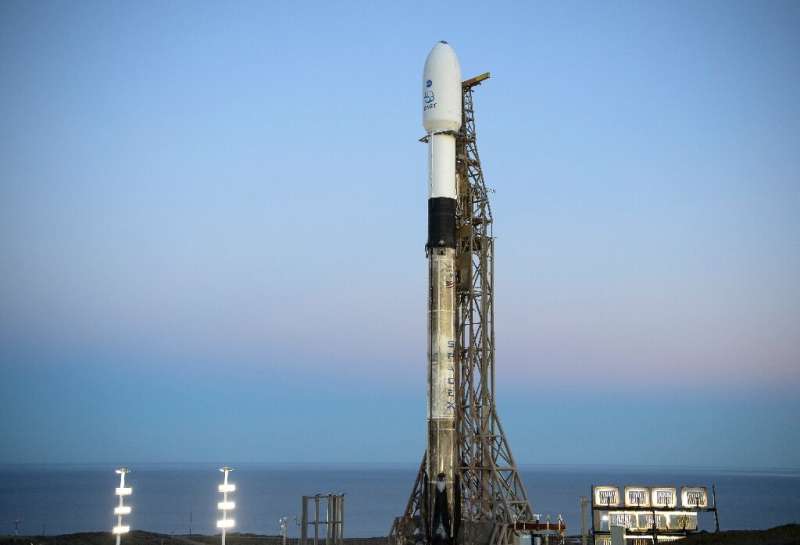
NASA is preparing to launch a mission to deliberately smash a spacecraft into an asteroid—a test run should humanity ever need to stop a giant space rock from wiping out life on Earth.
It may sound like the stuff of science fiction, but the DART (Double Asteroid Redirection Test) is a real proof-of-concept experiment, blasting off at 10:21 pm Pacific Time Tuesday (0621 GMT Wednesday) aboard a SpaceX rocket from Vandenberg Space Force Base in California.
Its target object: Dimorphos, a "moonlet" around 525 feet (160 meters, or two Statues of Liberty) wide, circling a much larger asteroid called Didymos (2,500 feet or 780 meters in diameter), which together orbit the Sun.
Astronomers discover more than 300 possible new exoplanets
Tuesday, 23 November 2021 19:36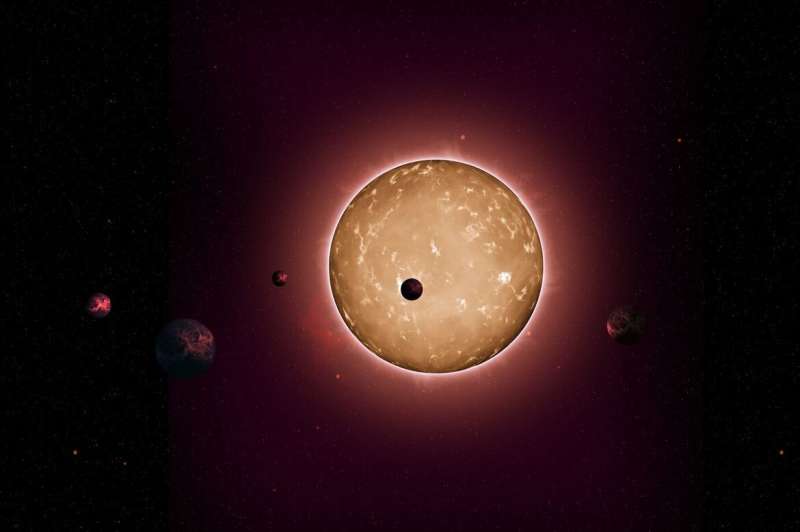
UCLA astronomers have identified 366 new exoplanets, thanks in large part to an algorithm developed by a UCLA postdoctoral scholar. Among their most noteworthy findings is a planetary system that comprises a star and at least two gas giant planets, each roughly the size of Saturn and located unusually close to one another.
The discoveries are described in a paper published today in the Astronomical Journal.
The term "exoplanets" is used to describe planets outside of our own solar system.
Analysis of Mars's wind-induced vibrations sheds light on the planet's subsurface properties
Tuesday, 23 November 2021 16:48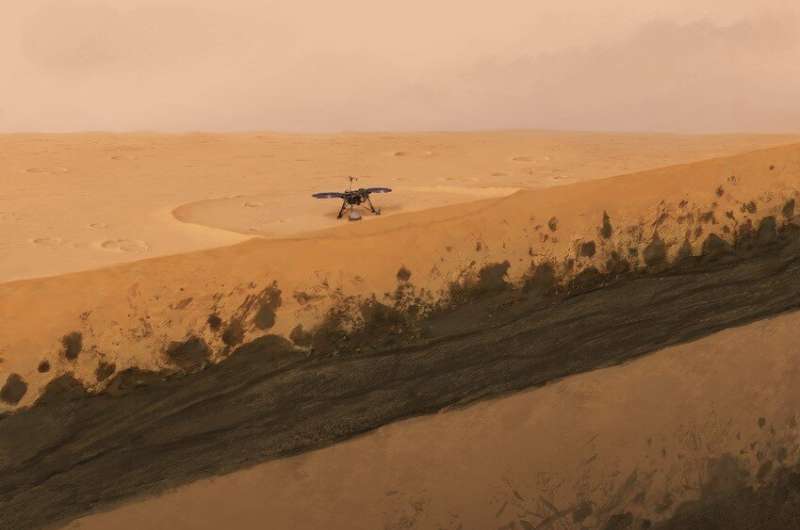
Connecting the Dots | Rising tide lifts all satellites
Tuesday, 23 November 2021 16:34
The satellite industry is being called to sea as maritime freight volumes swell to new highs, creating more urgency for space-based solutions that can improve the sustainability of oceangoing commerce.
Japan to recruit first new astronauts in 13 years to support Artemis program
Tuesday, 23 November 2021 15:19
Japan’s space agency is set to recruit astronaut candidates for the first time in 13 years as part of efforts to support the NASA-led Artemis lunar exploration program.
MCS – Reducing Risk, Improving Availability of Communications Satellites
Tuesday, 23 November 2021 13:49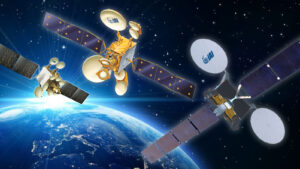
The small all-electric satellite system is suited to developing commercial and national operators requiring low-capacity volume or having limited bandwidth slots.
If alien probes are already in the solar system, maybe we could detect them calling home
Tuesday, 23 November 2021 12:07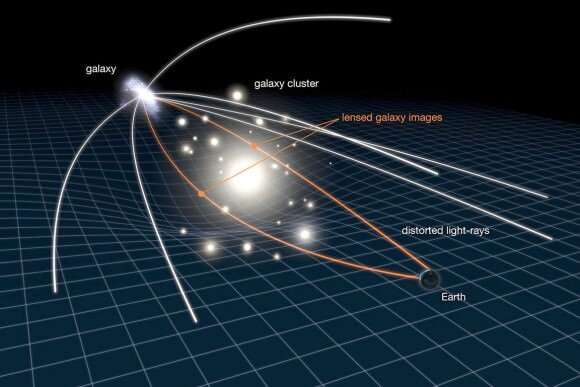
It's been 70 years since physicist Enrico Fermi asked his famous question: "Where is everybody?" And yet, the tyranny of the Fermi Paradox is still with us and will continue to be until definitive evidence of extraterrestrial intelligence (ETI) is found. In the meantime, scientists are forced to speculate as to why we haven't found any yet and, more importantly, what we should be looking for. By focusing their search efforts, researchers hope to determine whether we are alone in the universe.
In a recent study, two researchers from the University of Liège and the Massachusetts Institute of Technology (MIT) recommend that we look for evidence of transmissions from our solar system.
NASA ready to launch DART planetary defense demonstration mission
Tuesday, 23 November 2021 11:54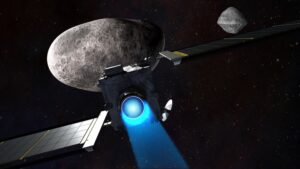
NASA is ready to launch its first mission devoted to planetary defense, a spacecraft that will collide with the moon of a small asteroid to test the ability to deflect it.
Prototype SETI hardware gets first data from VLA
Tuesday, 23 November 2021 11:05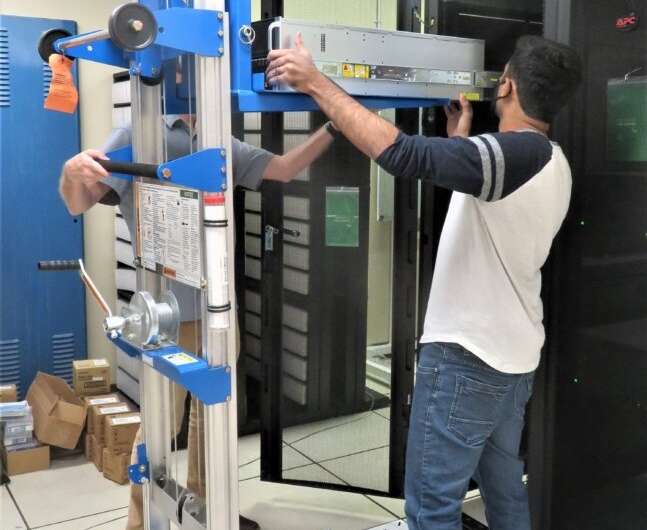
A system designed to provide data from the National Science Foundation's Karl G. Jansky Very Large Array (VLA) for analysis in the Search for Extraterrestrial Intelligence (SETI) has successfully acquired data from a VLA antenna. The system—dubbed COSMIC: the Commensal Open Source Multimode Interferometer Cluster—is designed to receive data from a newly-developed parallel Ethernet interface to the VLA, using the same data stream used for other research but analyzed in parallel by COSMIC.
"As soon as the cabling was physically connected, our interface locked on to the VLA data streams and we were able to grab some preliminary data," said Dr.
ESA Boost! contract for flight demonstration of Spectrum launch vehicle
Tuesday, 23 November 2021 10:15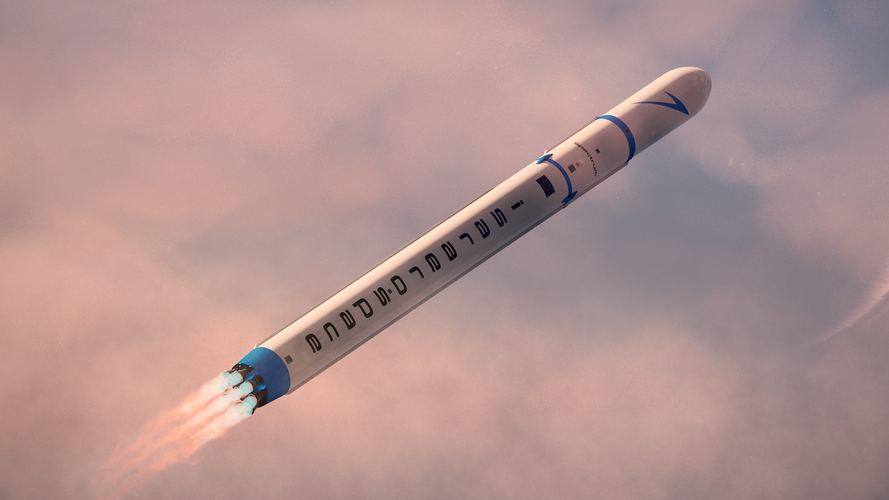
Small and medium satellites can expect new launch opportunities on the Spectrum launch vehicle thanks to an ESA Boost! co-funding contract worth €11 m with Isar Aerospace Technologies in Germany.
Using space to foster development assistance for disaster resilience
Tuesday, 23 November 2021 10:00
ESA’s Global Development Assistance Programme, brought to life by ESA Member States at Space19+, has officially kicked off its first action focused on agile Earth observation information development in the thematic sector of ‘Disaster Resilience’. This marks the first milestone in a programme that aims to foster impact through the systematic integration of Earth observation data in development projects.
JWST launch slips after payload processing incident
Tuesday, 23 November 2021 02:47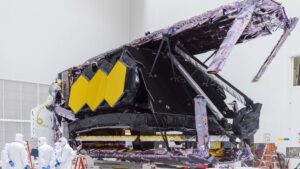
NASA announced Nov. 22 that it is delaying the launch of the James Webb Space Telescope by at least four days to investigate an incident that took place preparing the spacecraft for launch in French Guiana.
Blue Canyon wins $14 million contract for deep-space inspector satellite
Monday, 22 November 2021 22:30
Blue Canyon Technologies won a $14.6 million contract to produce a small inspector satellite for operations beyond geosynchronous Earth orbit.
Analysis: DoD ‘pivot to LEO’ a win for commercial satellite industry
Monday, 22 November 2021 20:23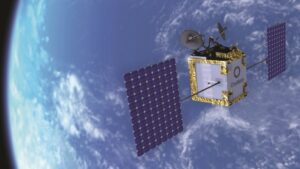
The U.S. Defense Department’s interest in low Earth orbit space services is a positive for satellite manufacturers and for commercial operators of broadband constellations, says a new report by the market research firm Quilty Analytics.
